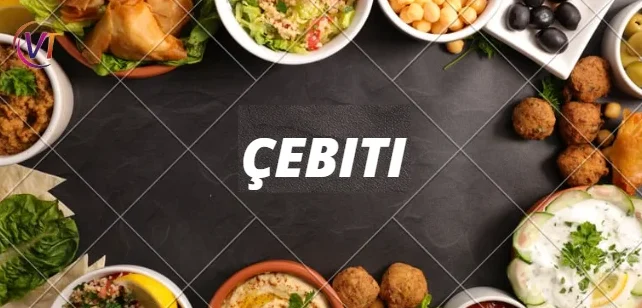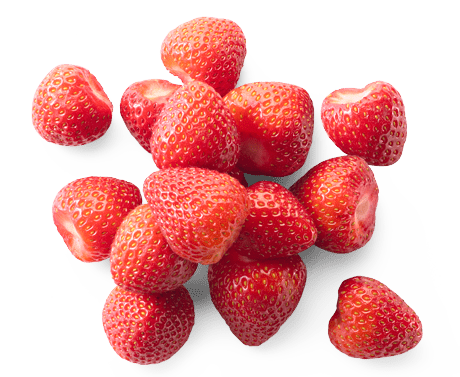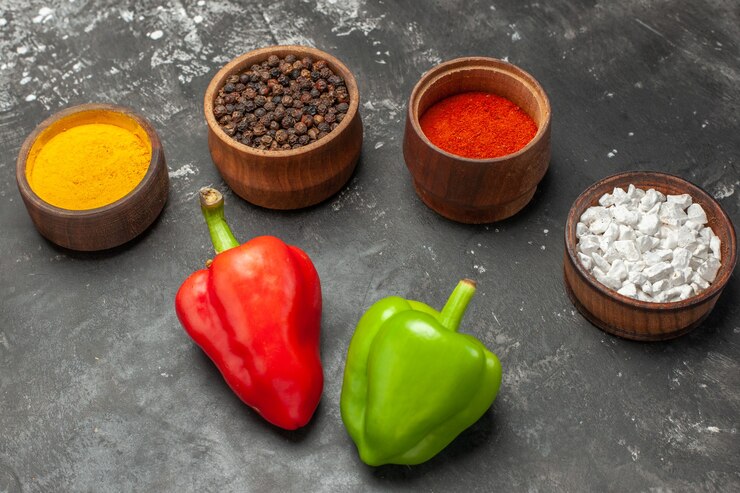Spain Pan: The Art and Tradition of Spanish Breadmaking
Introduction
Spain Pan culinary heritage is rich and diverse, with bread, or “pan,” playing a central role in its gastronomic traditions. From rustic country loaves to elegant baguettes, Spanish breadmaking is an art that reflects the country’s history, culture, and regional diversity. In this article, we’ll explore the fascinating world of Spanish bread, delving into its types, preparation methods, and cultural significance.
A Brief History of Spanish Bread
Origins of Bread in Spain Pan
Bread has been a staple in Spain since ancient times, with its roots tracing back to Roman and even earlier civilizations. The introduction of wheat cultivation and milling techniques by the Romans significantly influenced Spanish breadmaking practices.
Evolution Through the Ages
Over the centuries, Spanish bread evolved with influences from various cultures, including the Moors, who introduced new grains and baking techniques. The Reconquista and subsequent Christian rule saw the development of regional bread varieties, each with unique characteristics.
Types of Spanish Bread
Pan de Cea
Pan de Cea is a traditional Galician bread known for its dense, chewy texture and rich flavor. Made from high-quality wheat flour and long fermentation processes, this bread has a distinctive taste that sets it apart.
Pan de Payés
Hailing from Catalonia, Pan de Payés is a rustic, round loaf with a thick crust and soft interior. Its sourdough base and slow fermentation give it a unique, tangy flavor, making it a favorite for sandwiches and tapas.
Mollete
Mollete is a soft, white bread from Andalusia, often enjoyed toasted and topped with olive oil, tomatoes, and cured ham. Its light, airy texture makes it perfect for breakfast or as an accompaniment to meals.
Barra
Barra is a type of Spanish baguette, characterized by its long, thin shape and crispy crust. It’s commonly used for making bocadillos (sandwiches) and is a staple in Spanish households.
The Breadmaking Process
Ingredients
The basic ingredients for Spanish bread include flour, water, salt, and yeast. However, the quality and type of flour used can vary, contributing to the distinct flavors of different bread varieties.
Kneading and Fermentation
Kneading is crucial for developing the gluten structure in the dough, which gives bread its texture. Fermentation, particularly slow fermentation, allows for the development of complex flavors and improves the bread’s digestibility.
Shaping and Baking
Shaping the dough is an art in itself, with different techniques used for different types of bread. Baking at the right temperature ensures a perfect crust and well-cooked interior.
Cultural Significance of Bread in Spain
Daily Life
Bread is an integral part of daily life in Spain, often served with every meal. It’s common to see Spaniards heading to their local bakery to buy fresh bread each day.
Festivals and Traditions
Bread also plays a role in various Spanish festivals and traditions. For example, during Semana Santa (Holy Week), special breads like Pan de Horno are made to commemorate the occasion.
Symbolism
In Spanish culture, bread symbolizes sustenance and community. Sharing bread is a gesture of hospitality and friendship, reflecting its deep-rooted significance in social and family life.
The Role of Bakeries in Spain
Local Bakeries
Local bakeries, or “panaderías,” are at the heart of Spanish bread culture. They serve as community hubs where people gather to buy fresh bread and catch up on local news.
Artisanal Breadmaking
Artisanal breadmaking is a revered craft in Spain, with bakers often using traditional methods passed down through generations. This dedication to quality and tradition is evident in the superior taste and texture of artisanal breads.
Modern Innovations
While traditional methods remain popular, modern innovations have also found their place in Spanish breadmaking. New techniques and ingredients are being explored, resulting in exciting new bread varieties.
How to Enjoy Spanish Bread
Tapas and Pintxos
Spanish bread is a key component of tapas and pintxos, small dishes served in bars and restaurants. Slices of bread topped with various ingredients create delightful bites that showcase the flavors of Spain.
Accompaniments to Meals
Bread is commonly served alongside meals, used to scoop up sauces, and complement main dishes. Its versatility makes it a perfect match for a wide range of Spanish cuisine.
Breakfast and Snacks
For breakfast, Spaniards often enjoy toast with olive oil, tomato, and ham or jam. Bread also makes for a quick and satisfying snack throughout the day.
Tips for Making Spanish Bread at Home
Choosing the Right Flour
Using high-quality flour is essential for achieving the authentic taste and texture of Spanish bread. Look for bread flour with a high protein content for the best results.
Mastering Fermentation
Patience is key when it comes to fermentation. Allowing the dough to rise slowly at a cool temperature can significantly enhance the flavor and texture of the bread.
Perfecting the Crust
Achieving a perfect crust requires baking the bread at a high temperature with steam. This helps create the signature crispy exterior that Spanish bread is known for.
Conclusion
Spanish bread, or “pan,” is more than just a food item; it’s a symbol of Spain’s rich culinary heritage and cultural traditions. From the rustic Pan de Payés to the elegant Barra, each type of bread tells a story of regional diversity and artisanal craftsmanship. By understanding the history, types, and techniques of Spanish breadmaking, we can appreciate the artistry and passion that goes into every loaf.
FAQs
What is the most popular type of bread in Spain?
Barra, the Spanish baguette, is one of the most popular types of bread in Spain, commonly used for making sandwiches.
How do you store Spanish bread to keep it fresh?
Store Spanish bread in a paper bag or bread box at room temperature. Avoid storing it in the refrigerator, as this can cause it to dry out.
Can I make Spanish bread at home without special equipment?
Yes, you can make Spanish bread at home with basic kitchen tools. A good oven, a baking stone or tray, and some patience are all you need.
What are some traditional toppings for Spanish bread?
Traditional toppings include olive oil, tomatoes, cured ham, cheese, and various spreads like aioli or anchovy paste.
How does Spanish bread differ from other European breads?
Spanish bread often has a unique flavor and texture due to the specific types of flour used, fermentation processes, and traditional baking methods. Each region in Spain also has its own distinct bread varieties, adding to the diversity.







